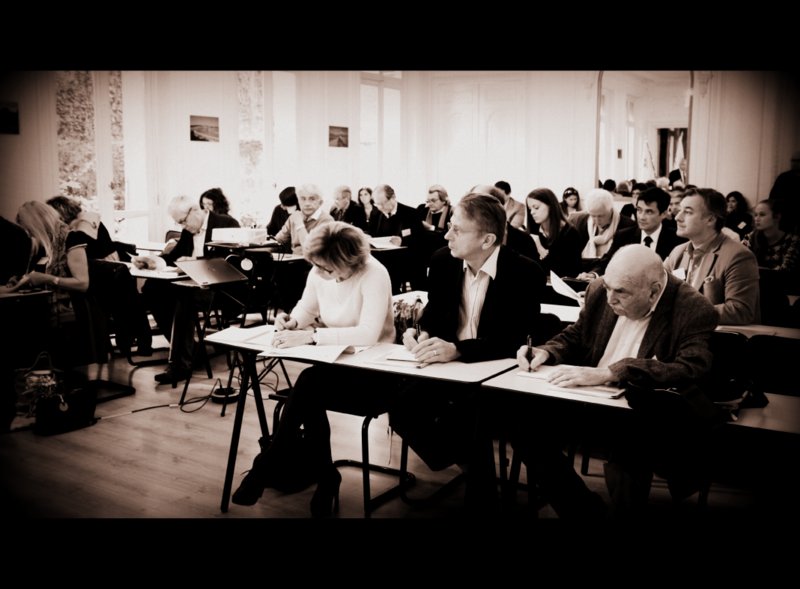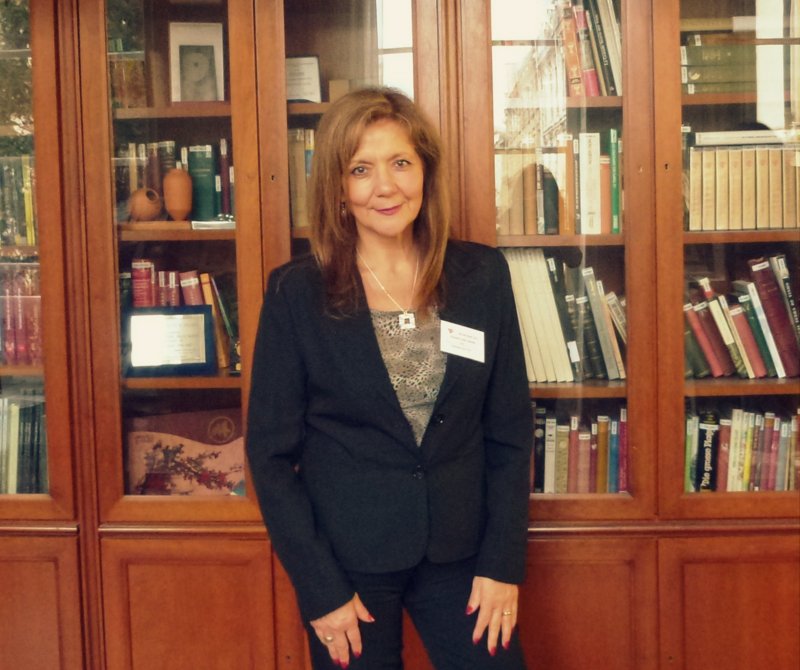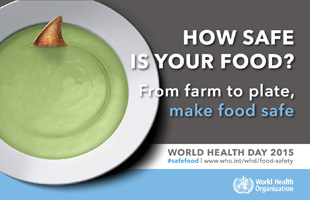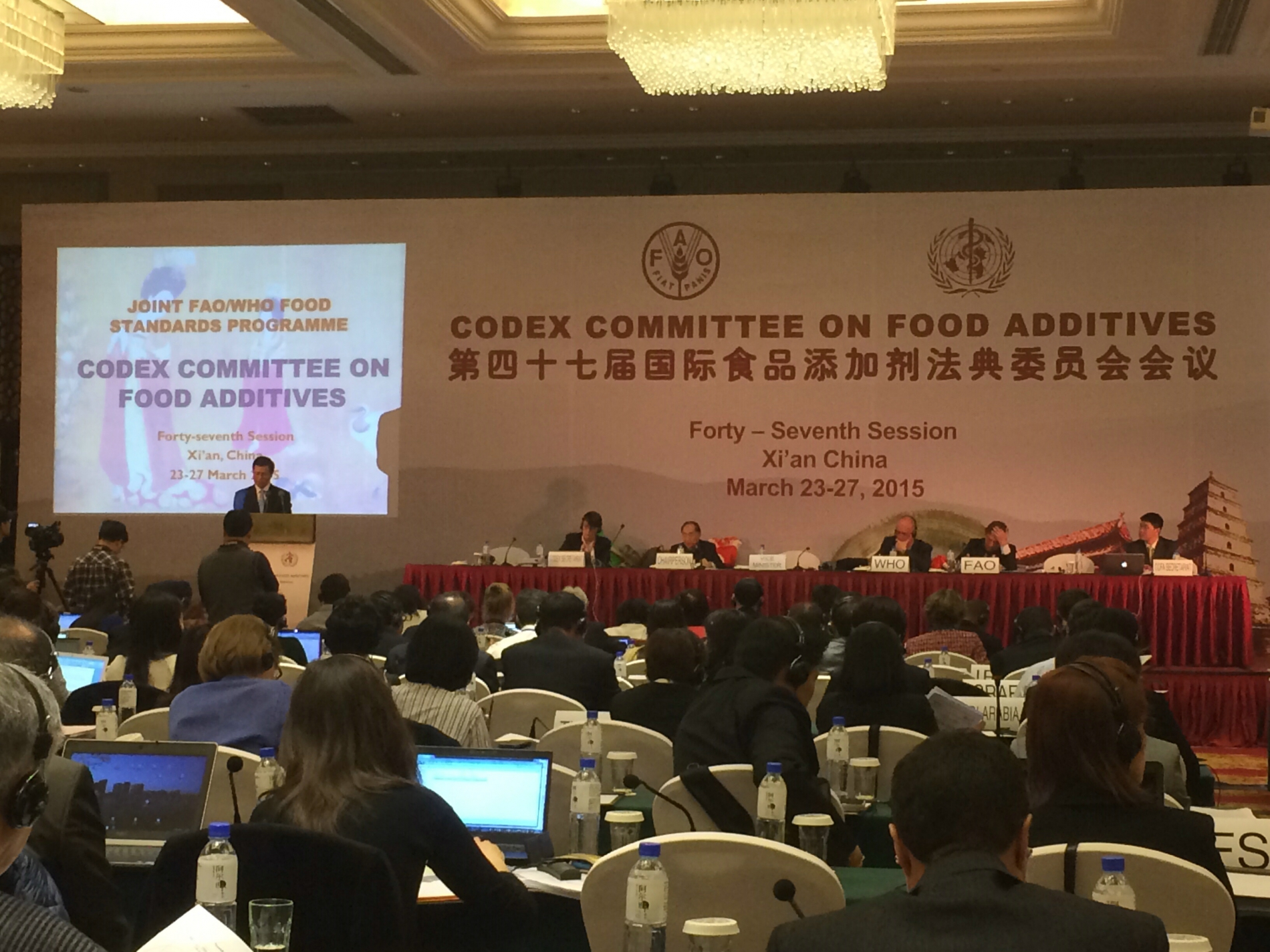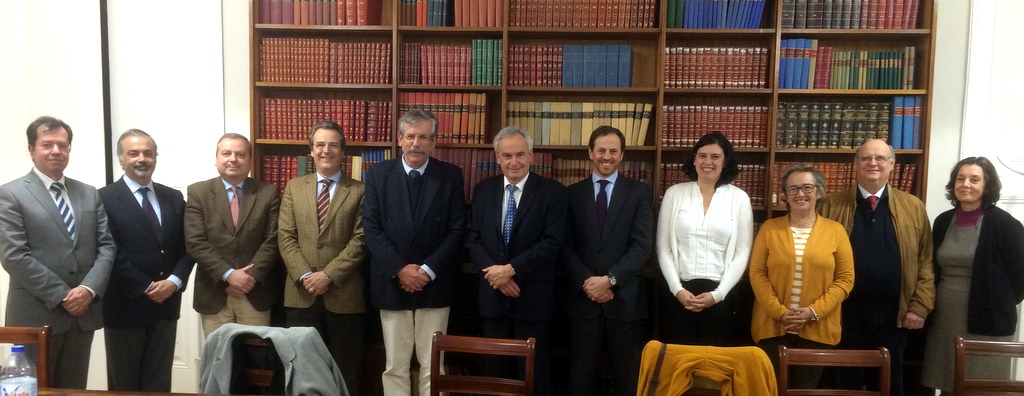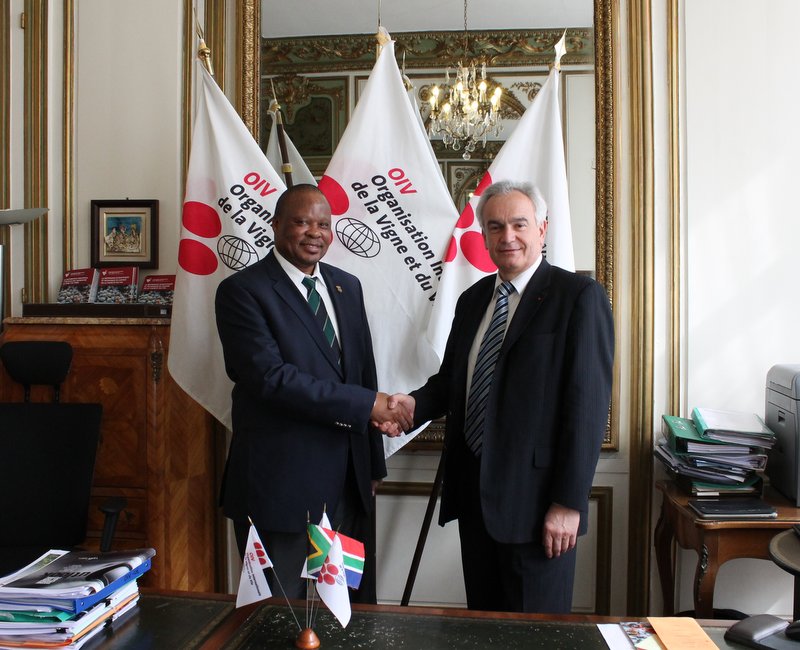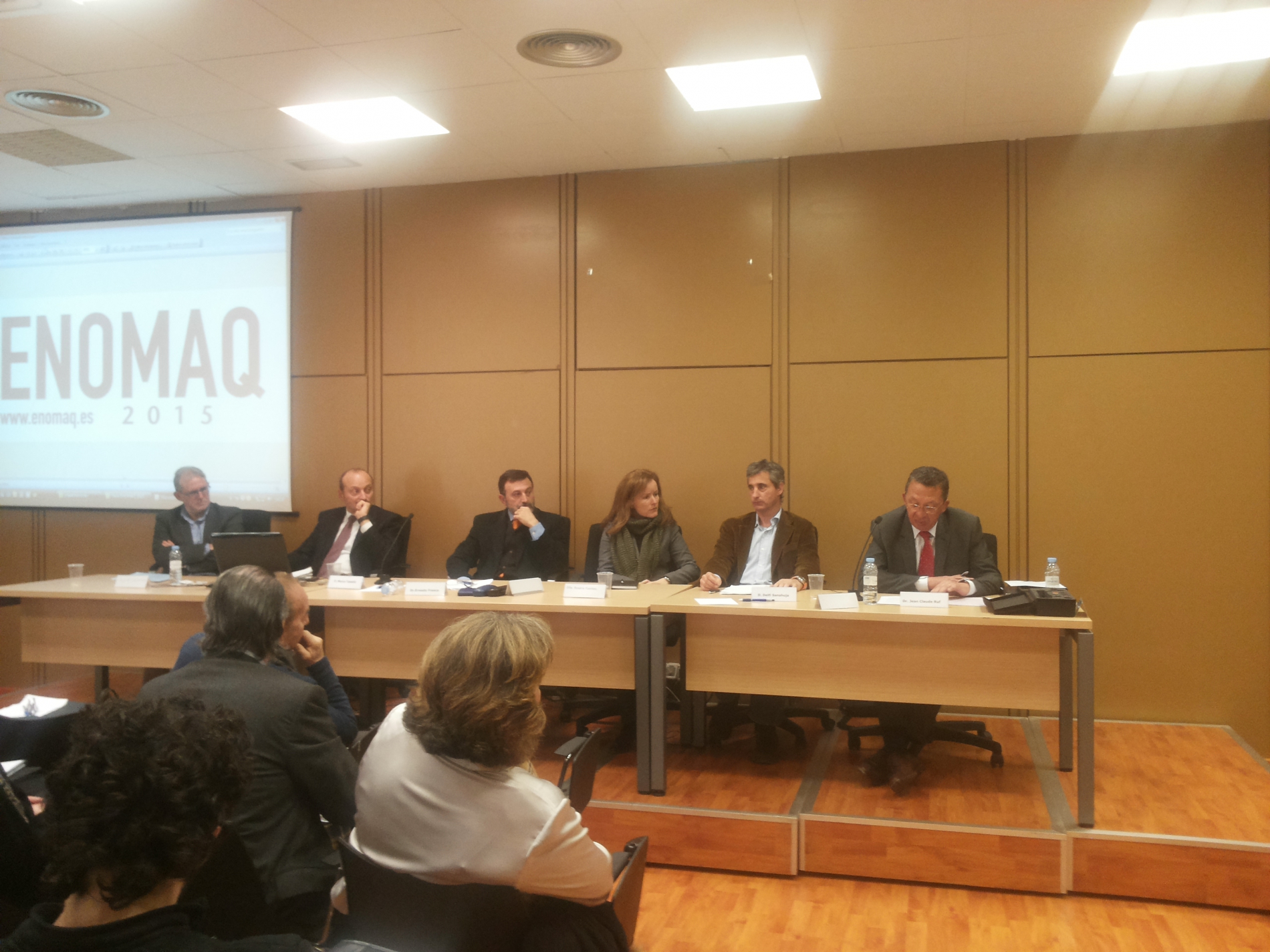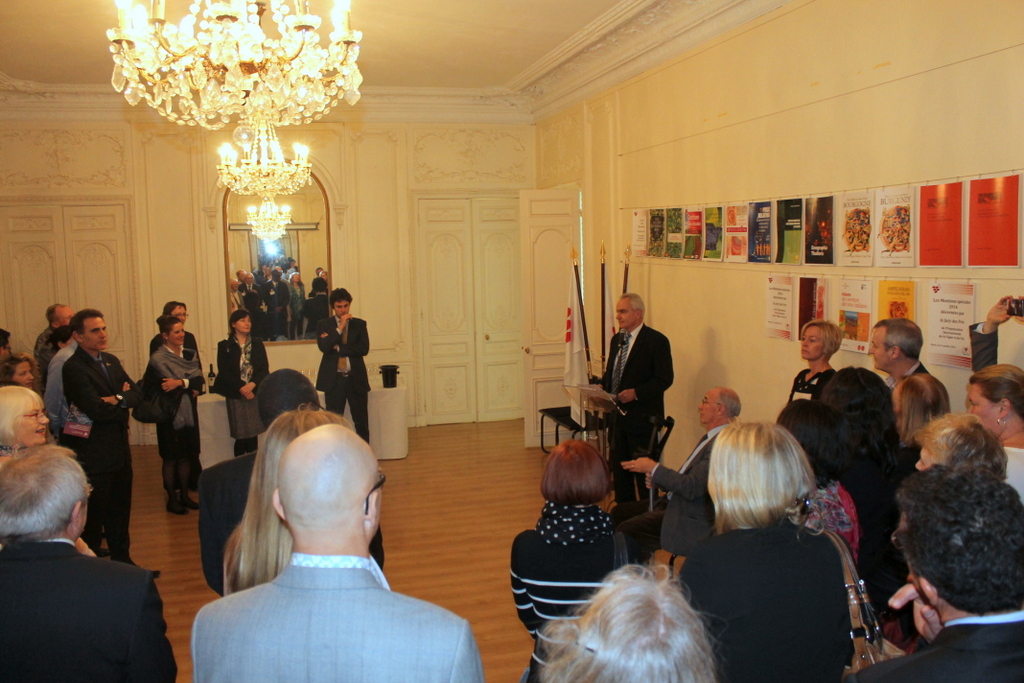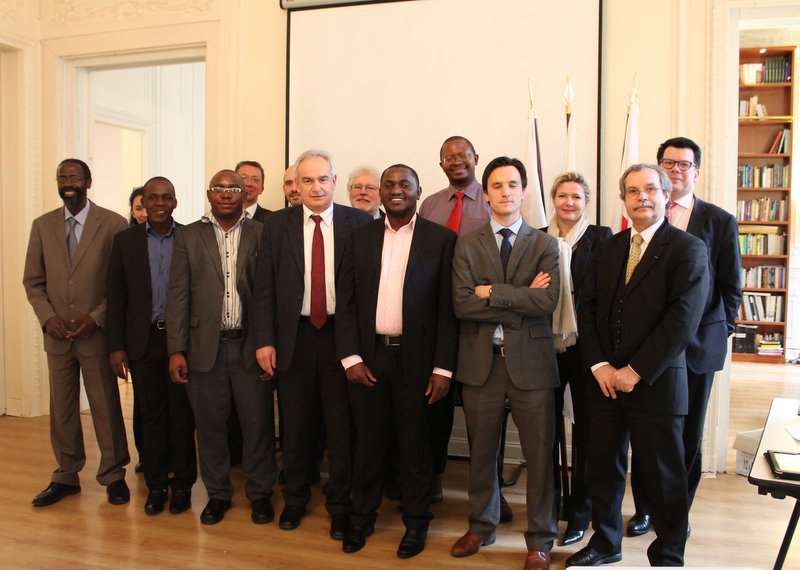10 апр 2015
To attend this press conference, journalists are kindly asked to send an email with their name and their professional contact details to press@oiv.int.Date: Monday 27 April 2015Time: 11:00 amLocation: International Organisation of Vine and Wine, (OIV), 18 Rue d'Aguesseau, Paris 75008 - Metro station Madeleine or Concorde [see map]
08 апр 2015
This event, placed under the patronage of the OIV and a member of VINOFED (the World Federation of Major International Wine and Spirits Competitions) includes 5 major competitions: Riesling du monde, Pinot Gris du monde, Gewürztraminer du monde, Sylvaner du monde and Pinot Blanc du monde). The previous year, 850 wines from 21 countries were presented.The OIV President previously participated in the 13th Bacchus Wine International Competition in Madrid, between 20 and 24 March 2015. This competition, placed under the patronage of the OIV, collected nearly 1651 wine samples from 18 countries.During these international competitions, Claudia Quini assumes the role of OIV’s expert commissioner to ensure the respect of the OIV standards for international wine competitions. Each year, only around thirty international competitions have the OIV’s patronage, which ensures comparable organisation conditions, selection and awards.
07 апр 2015
The theme for World Health Day 2015 is Food Safety, a theme of high relevance to all people on the planet, and multiple stakeholders, including government, civil society, the private sector, and intergovernmental agencies. As our food supply becomes increasingly globalized, the need to strengthen food safety systems in and between all countries is becoming more and more evident. That is why the WHO is promoting efforts to improve food safety, from farm to plate (and everywhere in between) on World Health Day. WHO helps countries prevent, detect and respond to foodborne disease outbreaks - in line with the Codex Alimentarius, a collection of international food standards, guidelines and codes of practice covering all the main foods and processes. Together with the UN Food and Agriculture Organization (FAO), WHO alerts countries to food safety emergencies through an international information network.
To contribute to the safety of the consumers and take their expectations into account is one of the strategic axes of the new OIV Strategic Plan 2015-2019.In this framework, the OIV participates to the food safety through its network of experts and in particular the works of the group of experts "Food Safety" which establishes opinions on the new proposed oenological practices and sets limits for certain contaminants.Moreover, the OIV adopted, several Code of Good Practices in order to limit the presence of certain undesirable compounds in particular Ochratoxin A, biogenic amines and more recently a Code of good fining practices for wine to be applied in the use of proteinaceous wine fining agents with allergenic potential.
02 апр 2015
Among the various points of the agenda, a particular point concerned the additives and their provisions for the food category 14.2.3 “Grape wines and its sub-categories”. Grape wine is part of Annex 3 for which the additives that are recognised for use in the grape wine category and subcategories should be evaluated case by case. In 2014 the Committee agreed to establish an electronic working group, to collect information on the functional classes, on the appropriateness of setting good manufacturing practice (GMP) or a numerical maximum use level as well as the actual levels of use. During this 47th session, the Committee endorsed the recommendation to adopt at Step 8 the draft provision for carbon dioxide (INS 290) in food category 14.2.3 “Grape wines” with a maximum use level at “GMP” and to revise the Note 60, associated in order to limit CO2 content in finished still wine at 4000 mg/kg at 20 °C”; The Committee also endorsed the recommendation to establish an EWG to develop a discussion paper, for the next session, which would assist to analyse the specific provisions of food category 14.2.3 and its sub-categories case-by-case. It was noted that the concern was not about the safety but about the technological justification of the provisions. [Read more]
27 мар 2015
During a meeting with the Secretary of State for Agriculture, José Diogo Albuquerque, the Secretary recalled the importance that his country, as a founding member of the OIV, attached to the work of the Organisation. He also confirmed his desire to maintain the strong presence and involvement of Portuguese experts in the various working groups.A working meeting organised with representatives of the Scientific and Technical Committee of the OIV National Committee (a body that, within the IVV, liaises between the various players in the vitivinicultural sector and coordinates the standpoints of Portugal with the OIV) allowed for discussion of different topics on the Organisation's work agenda. The visit to PORVID (the Portuguese Association for Vine Diversity) provided an opportunity for a presentation on work carried out to preserve vine diversity in a country that has a large number of native vine varieties. This work will be presented during the OIV meetings in April.Finally, while visiting several vineyards that were representative of the diversity of Portuguese viticulture, Jean-Marie Aurand engaged in a number of discussions with sector representatives.
24 мар 2015
During this meeting, Mr Jean-Marie Aurand recalled the missions of the OIV and elaborated on the challenges faced by the vitivinicultural field as they are defined in the 2015-2019 OIV Strategic Plan. He also emphasised the involvement of the South African experts within the OIV, expressing the wish that this may be expanded into the table grape sector, where the expertise of South Africa is recognised in international markets. H.E. Mr Rapulane Molekane stressed the importance of consensus regarding the methods by which OIV standards and recommendations are drawn up. He also expressed his satisfaction with the cooperation between his country and the OIV, adding that he would like to see strengthened collaboration where issues related to water management are concerned.
16 мар 2015
This conference was placed under the patronage of the International Organisation of Vine and Wine with Dr Jean-Claude Ruf, Scientific Coordinator of the OIV, acting as president of the conference, accompanied by Mr Salvador Manjón, Director of SEVI.A large number of participants from the vitivinicultural sector attended the conference.The conclusions from the day are available here Dr Jean-Claude Ruf (pictured right) during his speech
10 мар 2015
After meeting with the President of the Codex Alimentarius Commission, Ms Awilo Ochieng Pernet, Mr Aurand presented the objectives, missions and actions of the OIV, emphasising the common sectors of activity (additives, contaminants, methods of analysis, grapes, etc.) to which the OIV can and should contribute its international expertise to ensure that the specificities of the vitivinicultural sector are addressed within the Codex. In the presence of Professor Michel Thibier, President of the Committee on General Principles, and of Mr Tom Heilandt, Secretary of the Codex Alimentarius, the Director General of the OIV expressed his satisfaction with this meeting, which enabled many government representatives from non-Member States of the OIV – particularly in Africa and Asia – to discover the OIV's activities and discuss work of common interest that could be developed between the two organisations. Mr Aurand with Ms Ochieng Pernet and Mr Heilandt
05 мар 2015
The Director General of the OIV presented statistical trends and the way in which the Organisation functions before going on to describe its activities with regard to vitivinicultural standardisation.Representatives from national standardisation bodies and professionals in alcoholic beverages raised many issues regarding the drafting processes and the relationships with the Codex Alimentarius standards. Mr Alligator Makori, who runs the standardisation committee, pointed out the growing interest in the wine sector, which has seen an increase in consumption. Following a presentation of the product definitions and analytical standards by Dr Jean-Claude Ruf, OIV Scientific Coordinator, a discussion took place on the draft East African standards relating to still, sparkling and fortified wines.Mr Aurand expressed his satisfaction with the wealth of discussions and interest expressed in the sector by the senior East African figures, whose countries have experienced a rise in wine consumption. This development will result in an increase in trade and thus the need to ensure the safety of the wine supply through recognised international standards.* The East African Community is a regional intergovernmental organisation that brings together Burundi, Kenya, Rwanda, Tanzania and Uganda.
19 фев 2015
Mr Jean-Marie Aurand, accompanied by Dr Jean-Claude Ruf (Scientific Coordinator of the OIV), presented statistics relating to production, trade and consumption of wine around the world and the latest developments as part of the WHO expert meeting dedicated to evaluating global alcoholic beverage consumption.This meeting falls within the framework of the collaboration between the WHO and the OIV, which was initiated several years ago. Indeed, the WHO uses OIV data to a significant extent as a basis for the evaluation of the production and consumption of alcohol of vitivinicultural origin in various countries around the world.
